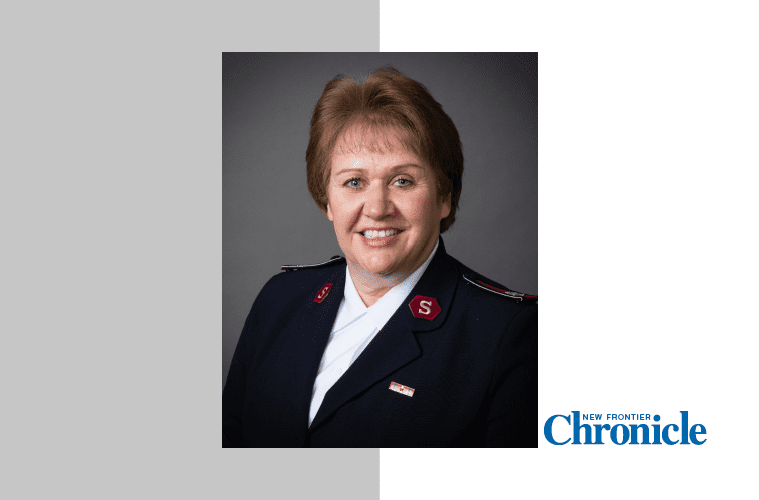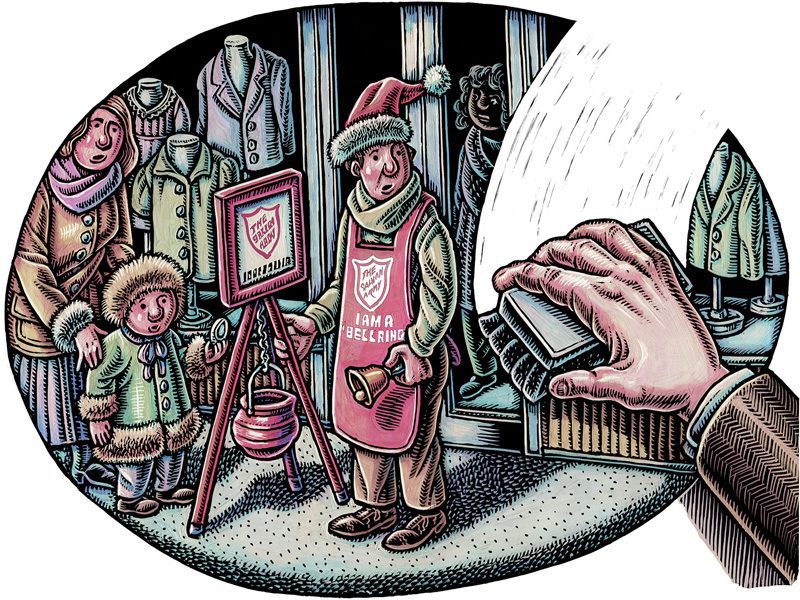Army housing meets needs of elderly.
by Susan Lawrence –
Mission Statement
Silvercrest Residences exist to provide clean, safe and comfortable housing to low-income elderly persons, and to do so in an environment that is sensitive and responsive to the needs of the individual residents, but not intrusive of personal privacy.
In concert with the adjacent Corps Community Center, the residence seeks to provide a range of supportive services intended to sustain independent living and to enrich the quality of residents’ lives through opportunities for social fellowship, personal growth and spiritual nurture.
History
The Silvercrest Ministries began nearly 40 years ago when The Salvation Army Western Territory sponsored the development of 38 independent living communities for low-income senior citizens, which bear the name of Silvercrest Residences. Located in nine states, the apartment communities range in size from 22 to 257 units.
Most Silvercrests were built adjacent to local corps and have community space that is conducive to amenities and programs that benefit the elderly: large community spaces for gatherings, TV rooms, libraries, low-cost laundry facilities, and—in some cases—food programs that offer hot meals for a nominal fee.
The Silvercrest facilities are open to anyone who qualifies under the age and income restriction guidelines.
How it works
To finance construction of most Silvercrests, The Salvation Army received loans or grants through the Department of Housing and Urban Development’s (HUD) 202 program where sponsors enter into 40-year agreements guaranteeing the apartments will house only low-income senior citizens and/or persons with disabilities.
HUD also provides rental subsidy covering each unit. They yearly evaluate rents and adjust them based on the anticipated budget for each property. However, the rental income needed to operate a facility is higher than what a low-income individual could afford.
As a result, HUD provides rental subsidy so each resident only pays 30 percent of their adjusted household income. For example, someone receiving $850 per month from SSI pays approximately $250 and HUD pays the difference. Annually, the resident’s income is verified and their portion is recalculated to remain at 30 percent.
No matter the amount of the rent, they continue to pay only their portion. This way, the residents can afford to live independently in housing that is designed specifically for them, and the property owner can operate and maintain the facility.










